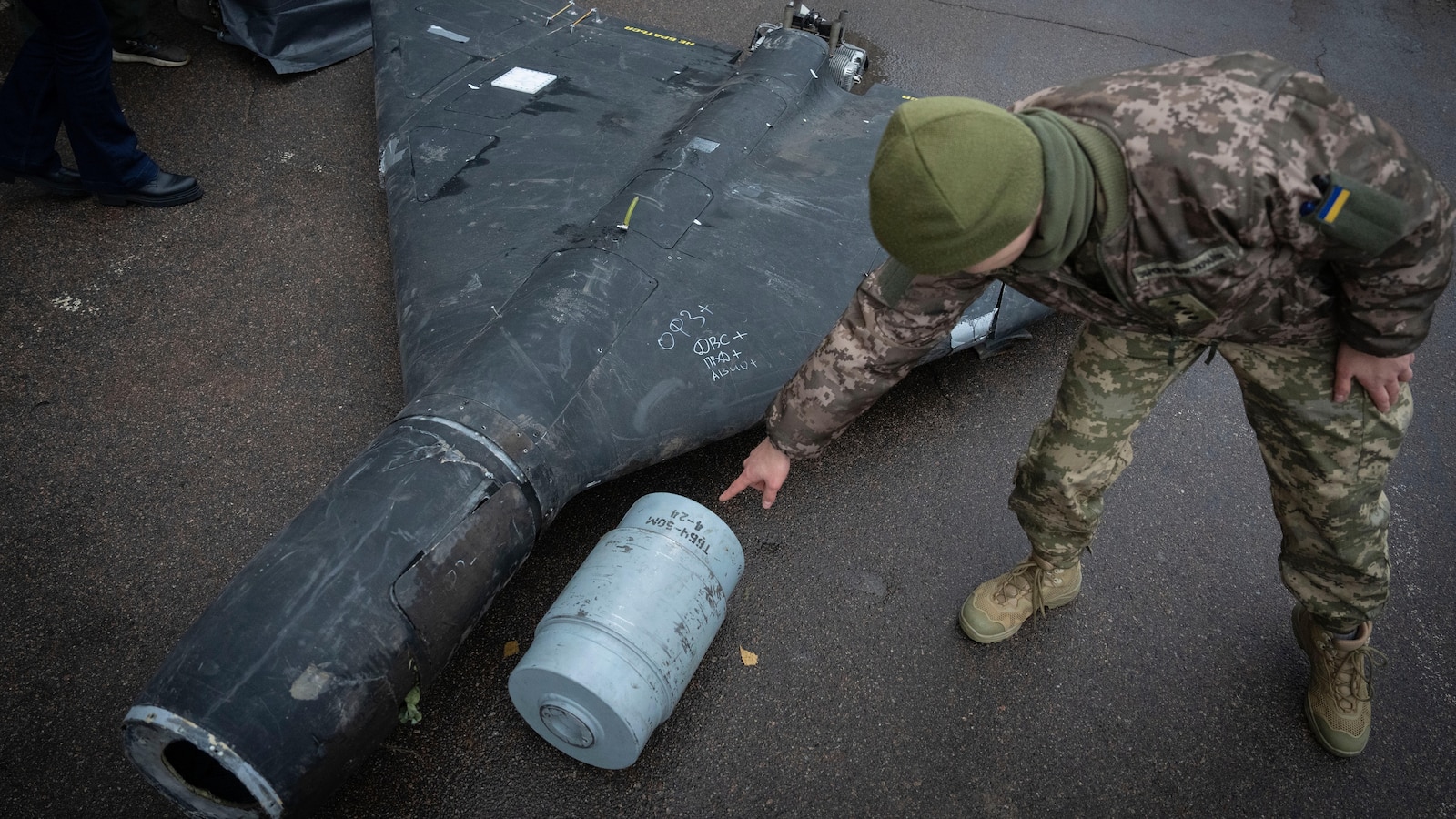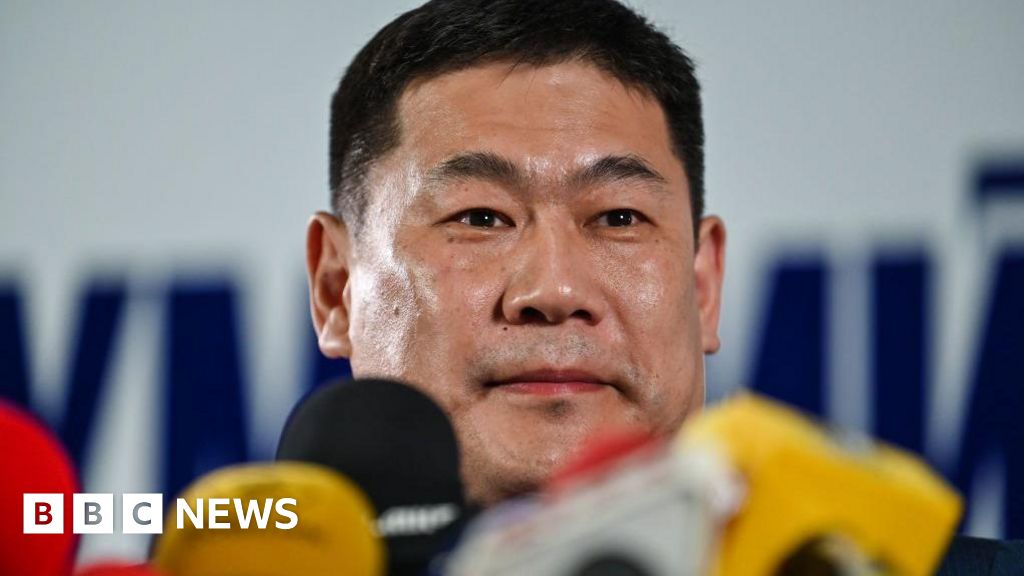ARTICLE AD BOX
Australia’s Parliament has resumed after the center-left Labor Party won one of the nation’s largest-ever majorities in the May elections
ByROD MCGUIRK Associated Press
MELBOURNE, Australia -- Australia’s Parliament resumed Tuesday for the first time since the center-left Labor Party won one of the nation’s largest-ever majorities in the May elections.
Prime Minister Anthony Albanese thanked the traditional owners of the national capital Canberra at a Welcome to Country ceremony in Parliament House. He noted that such ceremonies performed by Indigenous people to welcome visitors to their traditional land at the start of a new parliament had been introduced by a Labor government in 2007.
“In the 48th Parliament, we write the next chapter. Let us do it with the same sense of grace and courage that First Nations people show us with their leadership,” Albanese said.
The government has said the first legislation will be a bill to reduce student loan debt by 20%. The measure to be introduced Wednesday will benefit 3 million Australians with student loan debts and cost the government 16 billion Australian dollars ($10 billion).
The government also plans to introduce laws that would cut funding to child care providers who fail to meet quality standards and that would provide legal protections for some wage rates.
Labor won 94 seats in the 150-seat House of Representatives where governments are formed. Labor’s majority is the largest since Prime Minister John Howard's conservative coalition won 94 seats in 1996, when the lower chamber had only 148 seats.
Howard stayed in power almost 12 years, and Albanese is the first prime minister since then to lead a party to consecutive election victories, following an extraordinary era of political instability.
The main opposition Liberal Party has elected its first woman leader, Sussan Ley, after one of the party’s worst election results on record.
Her conservative coalition holds 43 seats in the House, while independent lawmakers and minor parties that are not aligned with either the government or opposition hold 13.
No party holds a majority in the 76-seat Senate. Labor holds 29 seats and the conservatives 27 seats. The Australian Greens hold 10 seats, which is the next largest bloc.
The government will likely prefer to negotiate with the conservatives or Greens to get legislation through the Senate, rather than deal with multiple minor parties and independents.

 7 hours ago
16
7 hours ago
16








 English (US) ·
English (US) ·